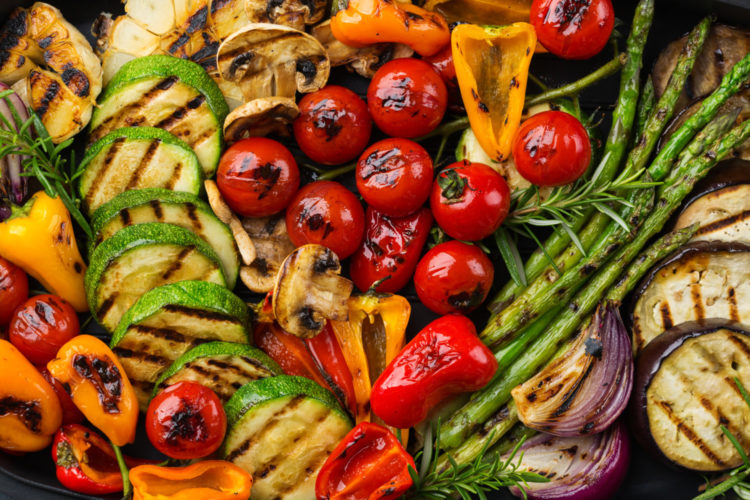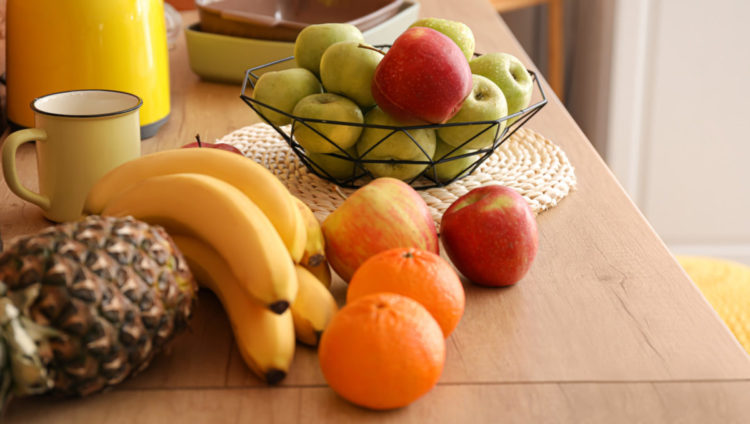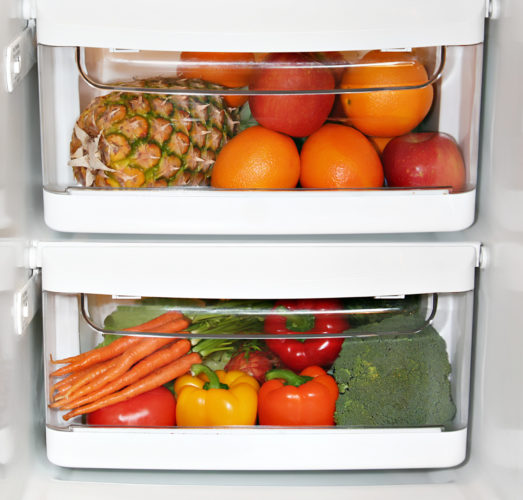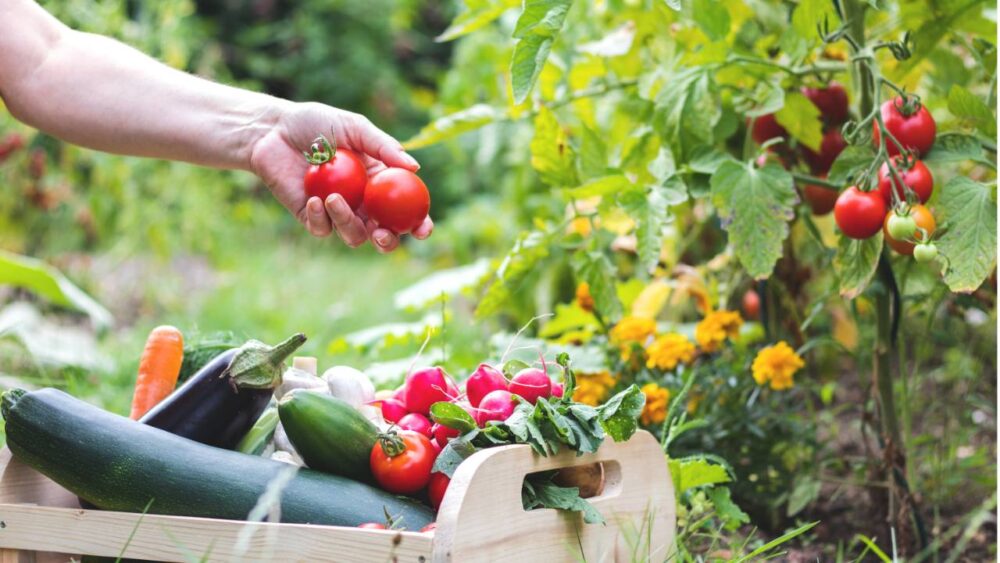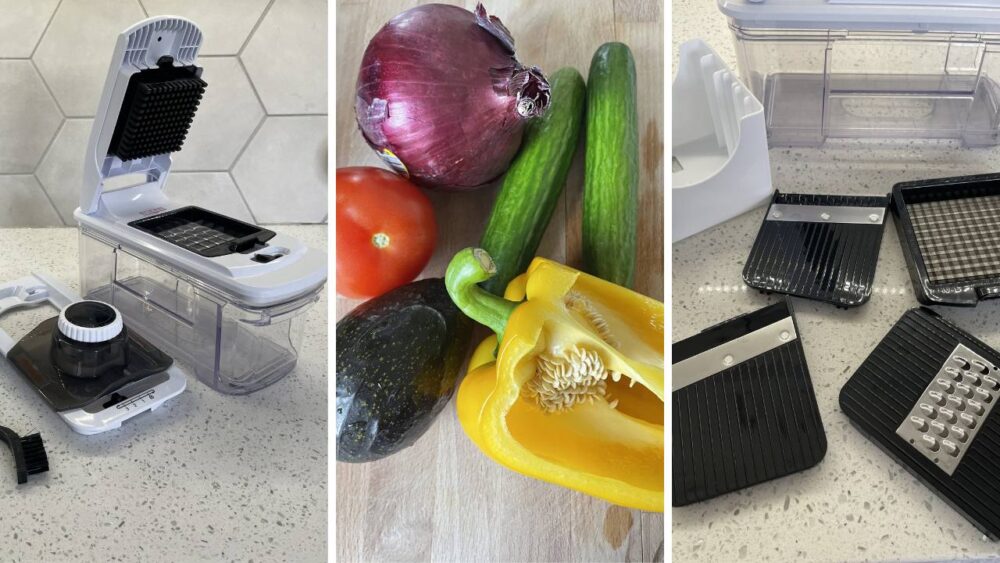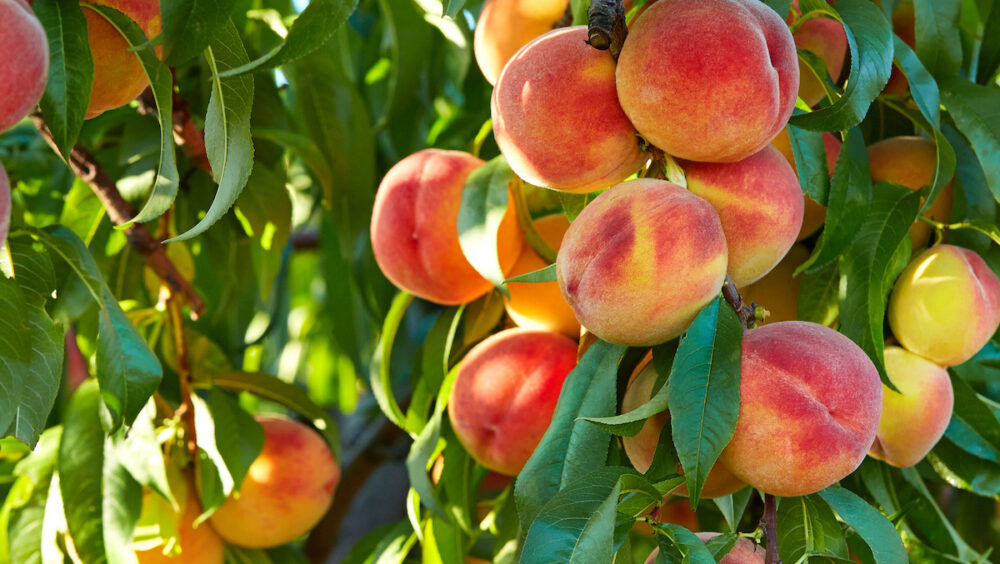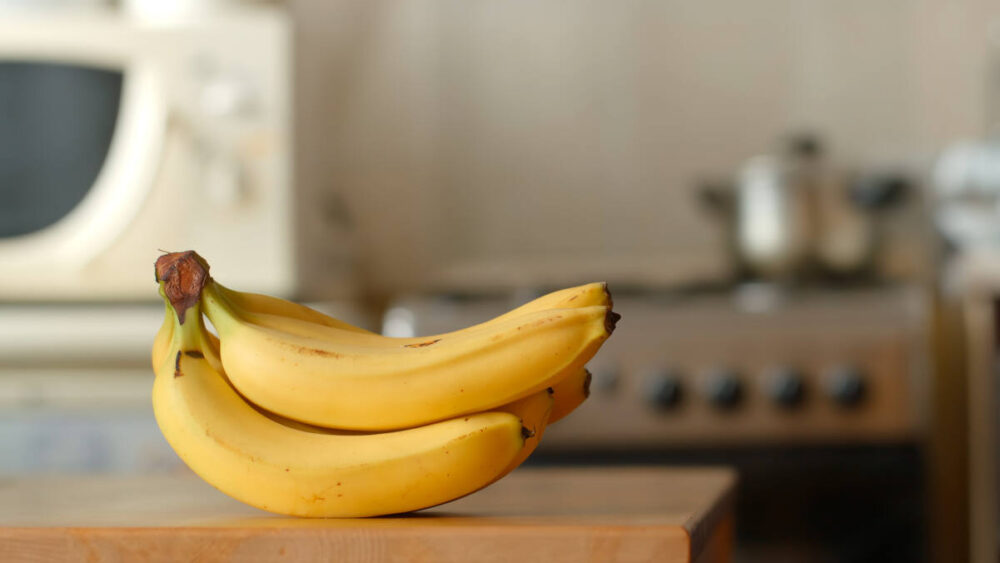What is the 800-gram fruit and vegetable challenge?
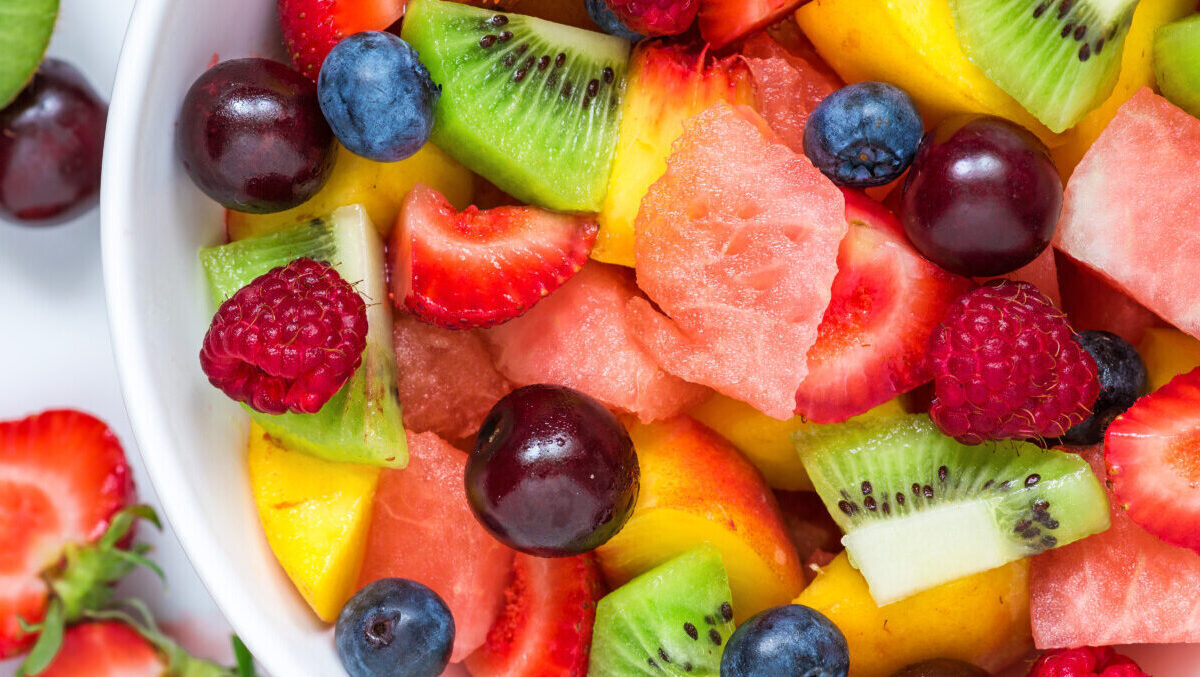
If you’ve ever tried following a new diet with the best of intentions only to fall short of meeting your weight loss goals, we feel your pain. Often, we wind up getting incredibly frustrated in the process. There are hundreds of quick-fix diets out there, but for many, the food options are too restrictive, the requirements are too complicated, or the diet is just too hard to stick with.
The 800-gram challenge aims to avoid those issues by giving you only one basic tenet to follow: Eat 800 grams, or about six cups, of the fruit and vegetables of your choice each day.
It’s more inclusive than restrictive. Developed by licensed nutritionist EC Synkowski of OptimizeMe Nutrition, the diet was designed to help others lose weight and achieve optimum health through a more realistic and sustainable method.
MORE: 10 ways grocery stores trick you into spending more money
What Is the #800gChallenge?
Simply put, you eat 800 grams, or about six cups, of the fresh fruits and vegetables of you like every day. You keep eating whatever else you’d like, too, which might include bread, pasta, nuts, cheese, candy, you name it. There aren’t any restrictions. The only rule is you must consume 800 grams of fruits and veggies, which is usually equivalent to 400-500 calories, or roughly 25% of an average person’s caloric intake. That’s it! More active people are allowed to scale up if they’d like.
Synkowski’s OptimizeMe Nutrition site uses the tagline “the antidote to dieting nonsense” and explains that users have reported “weight loss, increased energy, improved performance and more” when using the challenge.
The challenge was inspired by a scientific study that indicates that 800 grams is the optimal amount to reduce risk for a number of health conditions, including stroke, heart, disease and death (the study also found that 600 grams is the optimal amount for reducing cancer risk). It also takes into account the U.S. Department of Agriculture’s recommendations that adults should consume about 2 1/2 cups of vegetables and 2 cups of fruit per day.
“There’s a lot of confusion in nutrition because there’s umpteen thousand different diets,” Synkowski told The Ready State podcast. “But really, the underpinnings of all those diets come down to quality and quantity. How much food you’re eating and then whether that food has a lot of micronutrient density, vitamins, minerals, et cetera. And so then ultimately it was just presenting the 800-Gram Challenge as a way to kind of kill two birds with one stone, right? When you focus on quality to a measurable standard, you then also start to get quantity in mind as well.”
MORE: The 2023 ‘Dirty Dozen’ pesticides in produce list is out
Starting Out: Knowing What 800 Grams Looks Like
If you’re not familiar with working in grams, don’t let that be a deterrent. If you consume 800 grams of fruits and vegetables, that’s equal to about 1.76 pounds daily. This total amount fits on a typical dinner plate.
First things first, you’re going to need a good food scale. (Guessing the weight while holding it in your hand isn’t ideal. You’re supposed to weigh it.) The best food scales are multifunctional, with built-in features such as a food thermometer or kitchen timer, but for this challenge, a simple scale that will weigh your fruit and veggies in grams will do.
Though a small, lightweight scale (we love this slim scale from Greater Goods) could help you weigh food while you’re at the office or on a trip, Synkowski doesn’t recommend taking the food scale with you just to go out to eat. If you’re out for dinner, eyeballing your portions and say a closed adult fist equals about 1 cup or 130 grams. You’ll need about 6 cups a day, or 2 cups per meal, to meet your daily 800-gram requirement.
MORE: Everything you need to know about intuitive eating
How to Follow the 800-gram Challenge
The diet is simple. “A good sustainable strategy is to eat about two cups of fruits and veggies at each main meal: breakfast, lunch and dinner,” Synkowski says. “Then just fill in the rest! With protein foods, grains, nuts, snacks, whatever.”
She outlines the diet quickly in the following YouTube video and notes there aren’t really any other big rules. The lack of rules, she says, is meant to make this a diet you can use in daily life every day.
Working In Other Food Restrictions
The good news is that if you are trying to eat a low-carb, gluten-free or vegan diet, you can still participate in the 800-gram challenge. Low-carb eaters would want to stick to low-carb fruits and veggies such as raspberries, watermelon, avocados, mushrooms and zucchini.
What Does a Typical Day Look Like on This Diet?
Many of OptimizeMe Nutrition’s social media posts show what a typical day might include. One post, for example, shows a cup of each of the following: blueberries, cucumbers, banana slices, potatoes, raspberries and green beans. Synkowski also shares posts on the food prep she does (like the one below) to make her meal planning throughout the week easier.
MORE: I was hooked on diet soda for 12 years. Here’s how I finally gave it up
Be Aware of What Doesn’t Count Toward the 800 Grams
Keep a close eye on any fruits and veggies that might have added ingredients, such as applesauce with added juice or sugars. Store-bought hummus doesn’t count; you must make it yourself.
Exclude items made with or from fruits and vegetables, like Veggie Straws, bean pasta, popcorn, tofu and cornmeal. Dried fruits, fried vegetables and other preparations don’t count toward the 800 grams either.
However, your veggies can be cooked, canned, frozen and fresh. Also, watch for the outliers in terms of weight, like leafy greens and mashed potatoes. (Of note: With potatoes firmly on the menu with this diet, you might want to make sure you aren’t using your potato peeler wrong.)
MORE: Starting a diet in the New Year? A ‘non-diet’ diet approach could be the way to go
Why It Might Work
Whole foods like fruits and vegetables are high-fiber foods, which the Mayo Clinic explains can make you feel fuller longer due to higher volume (but fewer calories) and taking longer to digest.
Another contributing factor: Studies have shown that fruit and vegetables consist of 70%-99% water, which also allows them to provide volume and weight without calories — but with the nutrients we need.
If you focus on eating fruit and veggies first, you’ll be filling up on the good stuff. Then, you might need less of other kinds of foods that aren’t as good for you.
How Healthy Is the #800gChallenge?
By taking on this diet, you’re getting what you need for optimal health. Based on a 2,000-calorie diet, the American Heart Association recommends four servings of fruit (2 cups) and five servings of vegetables (2 1/2 cups) every day — which is what you’re getting on this diet.
But ultimately, it depends on what other foods you eat, too. For example, the AHA’s dietary recommendations also include whole grains and healthy fats and proteins. Otherwise, it will probably be hard to make sure you’re consuming a well-balanced diet.
If your current diet includes a lot of processed foods, you might want to work your way to eating 800 grams of fruit and veggies each day. Making such a drastic change in fiber consumption might lead to some gastrointestinal issues.
How to Learn More and Find #800gChallenge Inspo
Following the #800gChallenge hashtag is just one way to get started with finding recipes and tips. Because this diet has so few rules, it doesn’t require any pricey meals, personal instruction or expensive products that may be barriers to entry. That said, you might wish to subscribe to OptimizeMe Nutrition’s emails, sign up for the company’s masterclasses or purchase a copy of Synkowski’s $24.99 e-book.
You could also follow OptimizeMe Nutrition on social media for tips and motivation. Here, for example, is a recent post from OptimizeMe Nutrition on Facebook offering tips for travel perfect for the holiday season.
If you’re already performing a baseline amount of food prep each week, it might be an easy transition. If not, consider coming up with what you’d like to eat each day and then shopping for that plan each week.
Good luck, and remember to eat your veggies!


